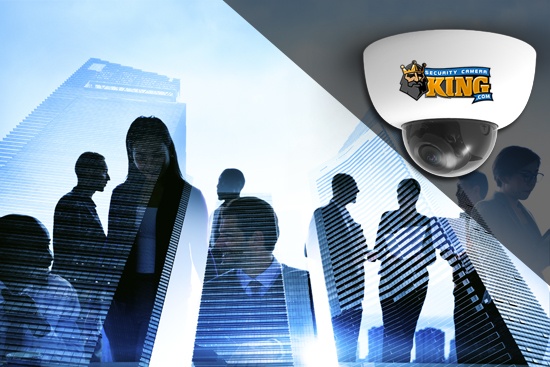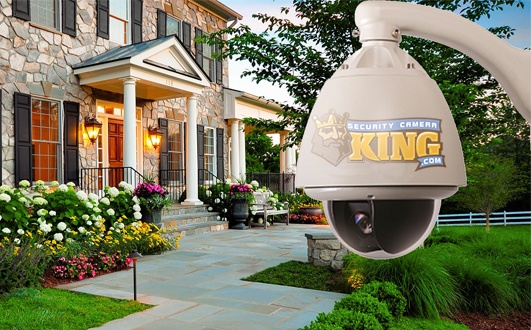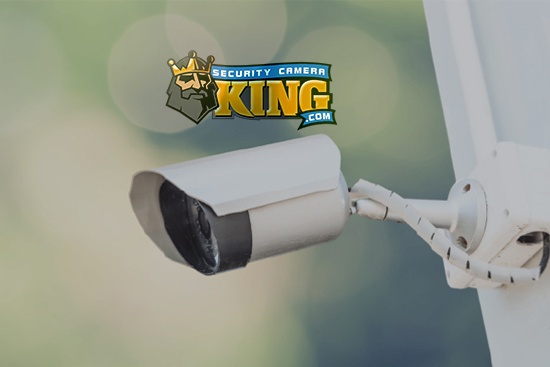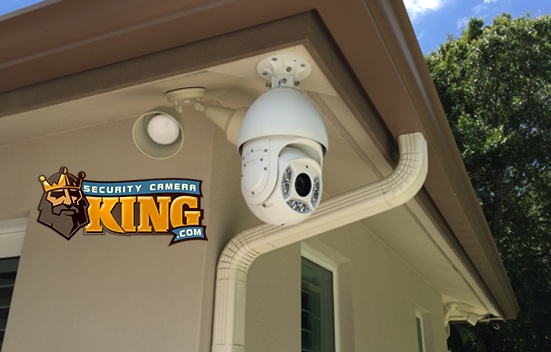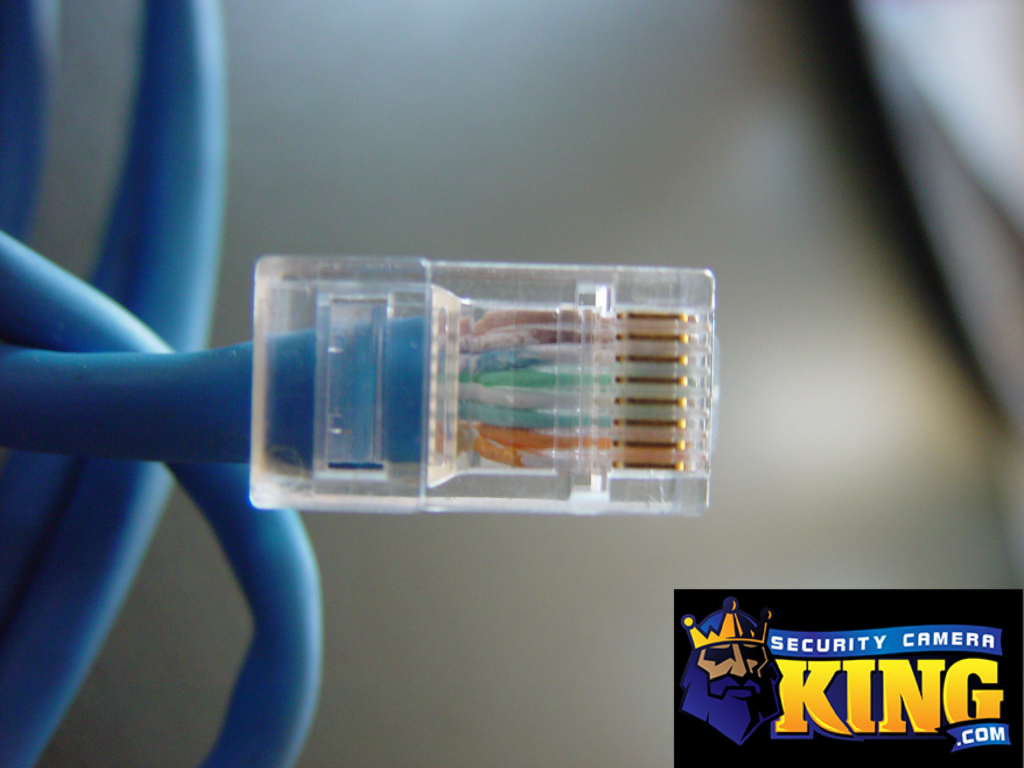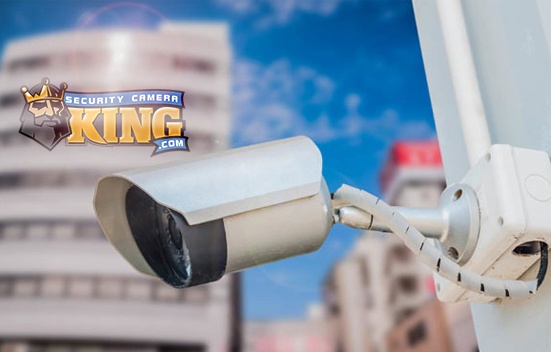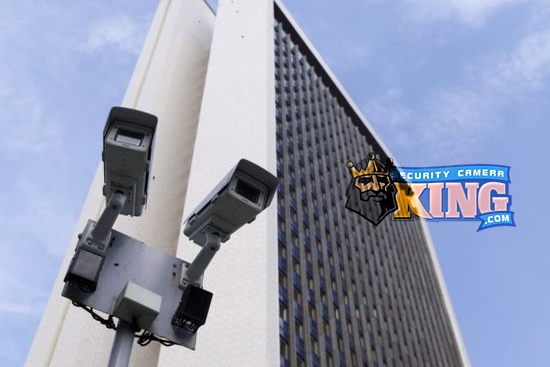As a security dealer, one of the most common requests you will receive from your customer is license plate capture. License plate capture is often confused with license plate recognition so I will first define the difference between the two.
License Plate capture refers to the ability of the security camera to capture an image of a license plate as it passes through its field of view and to record that as an image on a DVR (digital video recorder) so that it can be retrieved at a later time.
License Plate recognition refers to the ability of either the security camera or the recording device to interpret the license plate image as data that can then be compared against other databases.
In most cases license plate capture will satisfy your customer’s needs. There are some great applications for license plate recognition, but we will save that for another article. There are several factors you must seriously consider when attempting license plate capture. They are :
– Is the traffic controlled?
– Does the traffic come to a stop at a certain point?
– How close to the license plate can the camera be mounted?
– What is the lighting condition?
Ideally, you will mount the camera within a few feet of where the car will come to a stop or slow down. Also, you will attempt to come in from as little of an angle as possible. Each camera should only be responsible for a single lane of traffic (8-10ft). So 2 lanes of traffic, 2 cameras should be used. Now, keep in mind that Megapixel IP cameras are a different breed of camera and we are discussing the use of analog CCTV cameras. Each camera should use a lens that will allow it to zoom in tight enough to where the plate is at least occupying 25% of the captured video image. You do not want to see anything other than the plate with this camera. You can use a different camera as an overview camera to allow you to see everything going on in the traffic lanes.
If you are fortunate enough to have decent lighting, then you may be able to get away with a standard low LUX day/night camera (usually a box camera mounted in an outdoor housing). If there is no light at all, then you will need to use an infrared camera or combine the box camera with an infrared illuminator. When using an infrared camera, you need to watch for IR bounce back, so don’t get a camera that is too powerful. In certain circumstances, you will need to use a WDR (Wide Dynamic Range) security camera in order to filter out certain light spectrums that are causing you problems. For example, you may have an issue with incoming headlights in California when trying to capture plates from the front of a car, or perhaps break lights in the rear are causing the iris to close.
I recommend starting with the least expensive solution and testing out a single camera to see if it will work for you. If you have issues, then progress to the next level. Once you have the camera installed, you will need to configure the DVR. I recommend setting the DVR to the highest resolution available, even if it means sacrificing frame rate. Recording at D1 will give you an image 4 times as large (4 times as much detail) as an image recorded in CIF resolution. Be sure to check both daytime and nighttime recordings.

